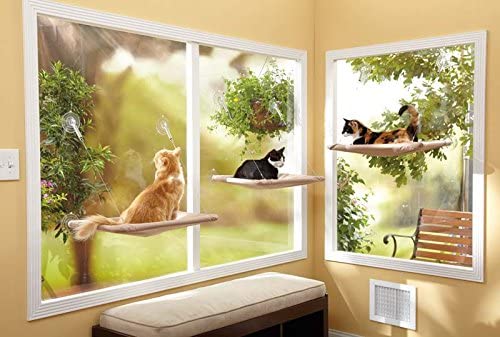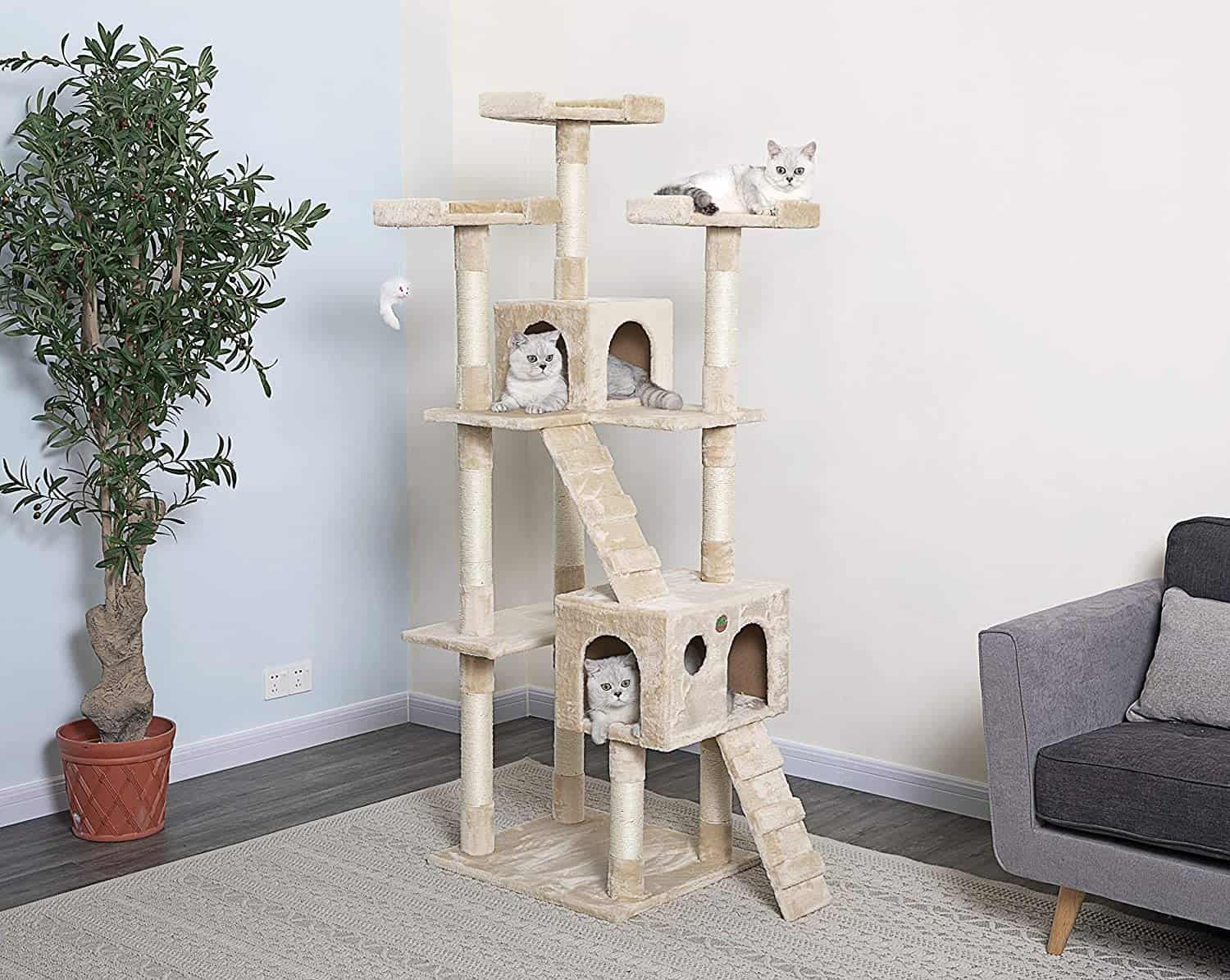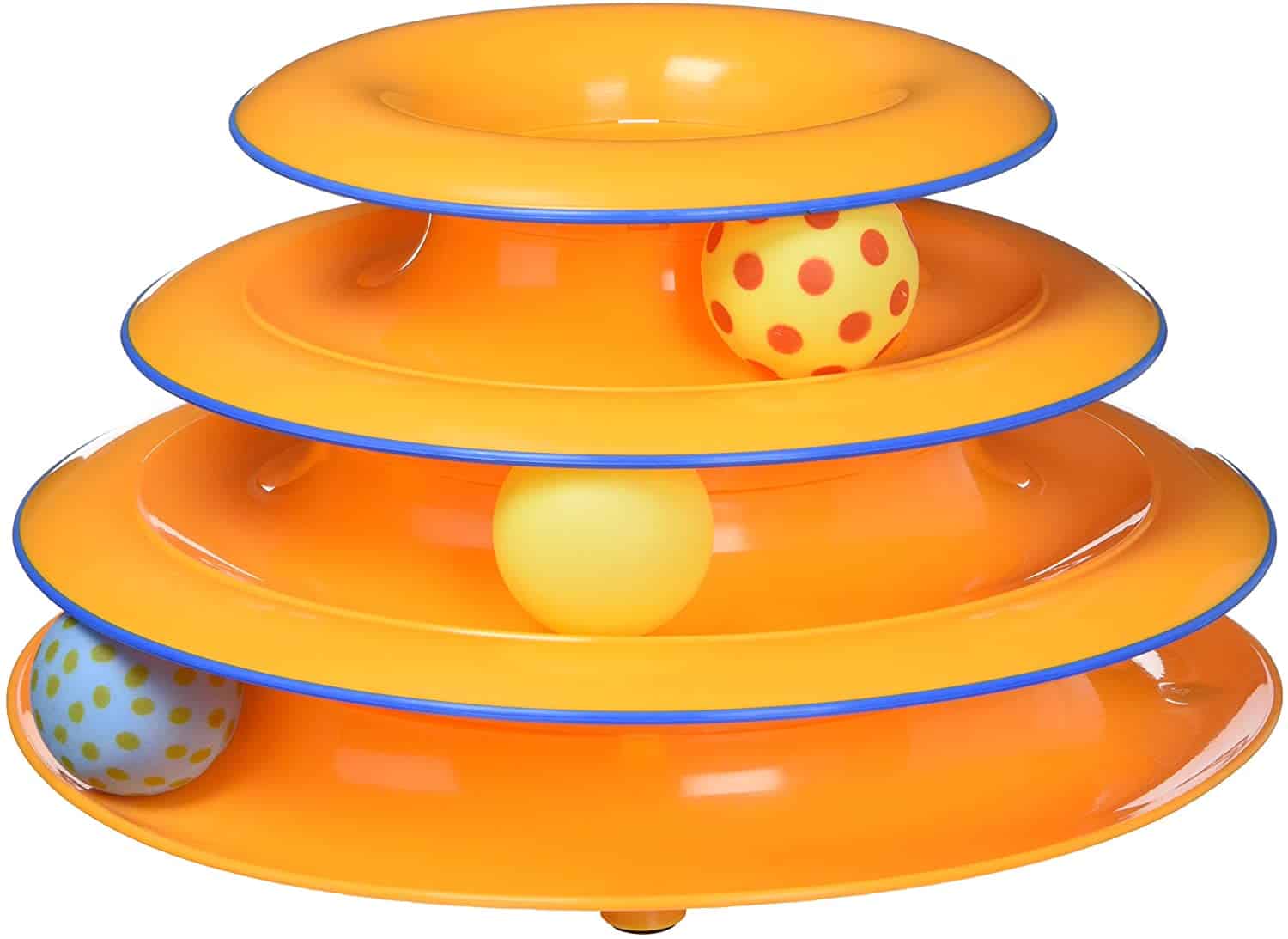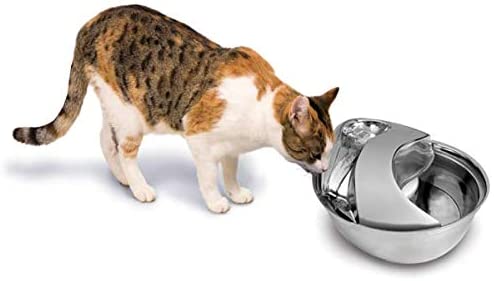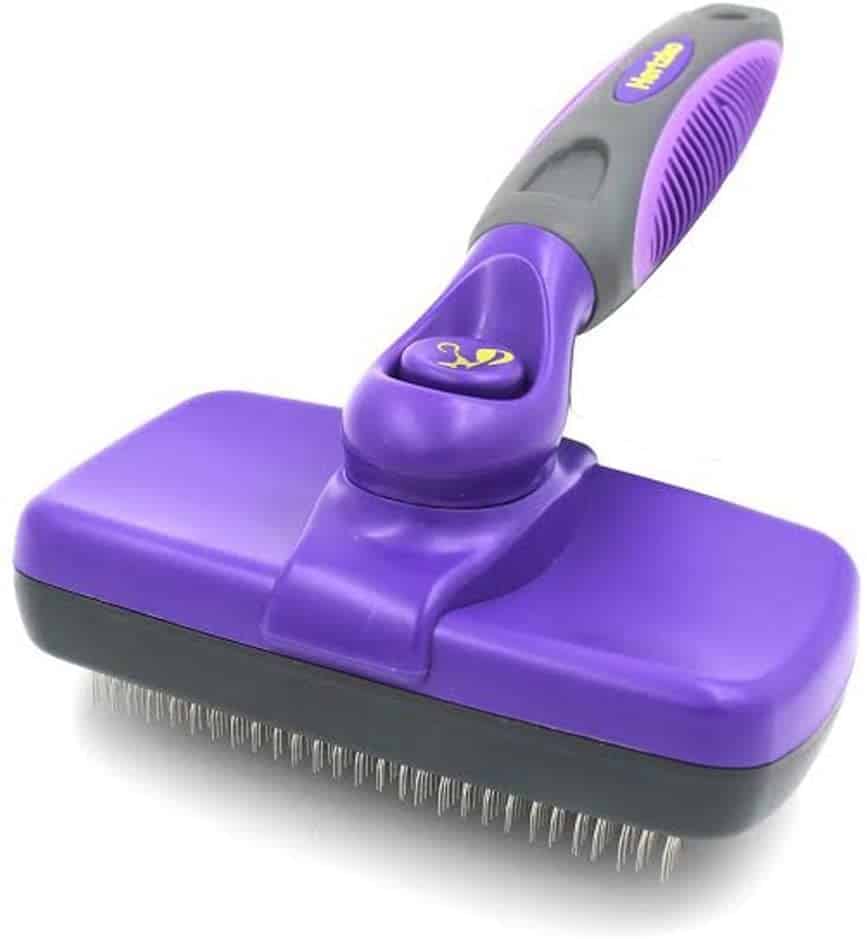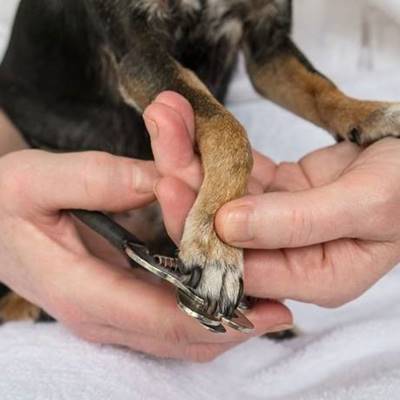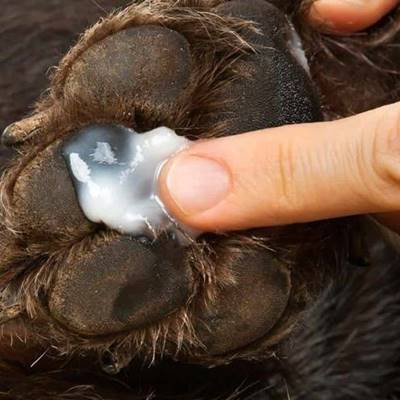How to Help Your Cat Live Longer
by mylifewithpets | Last updated on October 26, 2021
Some of the links bellow are affiliate links, meaning, at no additional cost to you, we'll receive a commission if you click through and make a purchase.
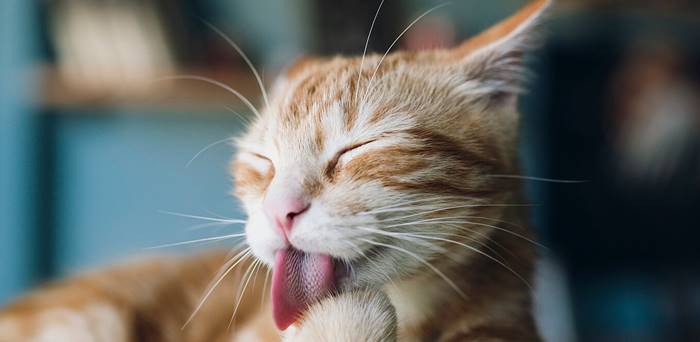
As far as we’re concerned, cats are the most wonderful, sensitive, mysterious animals on this Earth.
We can’t remember how our lives were before we had them in it and frankly, we don’t want to.
The only thing we’d change about our cats is how short their lives are.
So we’re very much determined to make sure they stay with us for as long as they possibly can.
How Long is a Cat’s Life?
Well, a cat’s lifespan depends on many factors. From her breed to the kind of environment in which she lives.
And, of course, much like humans each cat is different.
We can, however, determine an average number, according to specialists.
10 to 14 years of age is what’s expected for an indoor cat.
A mere 7 years is the average lifespan of an outdoor cat.
Then we can also convert these years into cat years, if you’d like, in which case an indoor cat lives on average between 56 and 76 years and an outdoor cat will see her lifespan average to about 44 years.
7 Tips to Help Your Cat Live Longer
After extensive research and debates with vets and other feline specialists, we’ve come up with 7 main things you can do to expand your cat’s life.
And, while some tips are pretty much common knowledge but worth remembering, others may actually surprise you.
Aside from all other tips, the number one golden rule for a healthy, happy, balanced cat is this: make sure your cat gets her annual vet checkup to make sure she’s on the right track.
Tip 1 – An Indoor Cat Lives Longer
We’ve mentioned the difference in the life spans of an indoor and an outdoor cat, so this comes as no surprise.
And we know that some people believe that a cat can’t be truly happy indoors, but we’re here to tell you that it’s simply not true.
Cats can have happy, balanced, filled lives inside 4 walls, it’s just a matter of making sure they have all they need, even for a cat that was once an outdoor cat, she may try to go out at first, but she will adapt eventually.
It’s very rare to see a case of a cat that won’t adjust indoors. Plus, if you have a yard of balcony, you can create a netted space for your cat to enjoy the outdoors.
There is no other way to keep them safe and healthy outside and, quite honestly, the risk just isn’t worth it…
Tip 2 – Make Sure Your Cat is Stimulated and Happy
Now that we’ve established that cats can live perfectly happy lives indoors, we do need to think of clever ways to keep them entertained and stimulated.
Cats love sun and comfort. So why not pick a few sunny spots in your home and add beds or soft blankets so your cat can sleep there?
Cats also love bird watching so, if you happen to have a window with a view, it’s also a great spot to creating a comfortable sleeping spot for your cat to spend hours on end sleeping and looking outside.
For our cats, we made two small adaptations that made all the difference.
First, we got them window mounted hammocks.
It’s their favorite place in the whole house!
We must confess we wondered if the hammocks would hold our pudgy cats’ weight, but they totally did!
Then, we added a cat tree!
That was also a big hit with the cats and with us, because it saved our furniture from cat nail torture.
They’ll climb it and scratch it and sleep on in multiple times a day, it’s well worth the trouble of having a cat tree as part of your home decor.
Tip 3 – An Active Cat is a Healthier Cat
Cats love to sleep but they need to have other activities too, particularly if we want them to have an active life.
They need both mental and physical activity that’s also fun for them and that means they need to play!
If you have more than one cat in your household and they love playing together, you’re lucky!
If not, it’s up to you to make sure your cat gets her playtime.
Trust us, we know all about spending loads of money on cat toys that our cats just ignore. For one of our cats, a simple tinfoil ball is all she needs.
But for the others, a bit more effort is required and, to this day, no toy has ever had as much success as this tower.
The number one advantage being they actually play with it alone.
Tip 4 – A Well Fed Cat Will Have Fewer Problems
Cat nutrition is a sticky subject, a lot of people have their own theory for what works and doesn’t work.
Some specialists believe cats should only eat dry food, while others say only wet food. No grain, protein, raw, etc etc etc.
Ultimately for us, what works is giving the best quality food we can afford, that she likes of course.
We’re also big fans of diversity and, while you can’t mix it up dry food wise because it can cause your cat serious gastrointestinal issues, you can add wet food for variety, if your cat likes that.
Also, combining dry with wet food helps keep cats more hydrated while making them drink more water, which is important for their health.
Tip 5 – Fresh Water Is a Basic Necessity for Any Cat
As far as hydration goes, we’d say it’s probably the number one necessity for your cat.
Cats require a lot of water but are usually a bit lazy about it.
Don’t rely on the wet food alone to give them all the water they need, because it just isn’t enough.
If laziness wasn’t enough, most cats are also very selective about the water they drink.
Never keep your cat’s water next to her litter bowl or even too close to her food bowl, for that matter.
Also, if you can, teach your cat to drink water directly from the tap or from your hand as a little one-on-one game.
One thing that has considerably increased our cats’ water intake was getting a water fountain.
Water fountains are meant to keep the water fresh because it’s never still.
When choosing a model (there are dozens available) pick ceramic or stainless steel for better hygiene.
Since we have both cats and dogs, we chose this model. Very easy to clean with a nice capacity, meaning we don’t need to refill it more than once a day.
Tip 6 – Use as Little Chemicals in Your Home as You Possibly Can
Or better yet, don’t use chemicals at all!
Most chemicals are very harmful to cats.
And most cleaning products have loads of chemicals, from what you use to clean your home to the detergent you use to wash your clothes or the medicine you cat takes to keep free from parasites.
So you need to be smart about your choices, go as natural as you possibly can, limit your cat’s exposure to chemicals and harming toxins.
Clean your floor, their litter boxes and other surfaces with vinegar based products (or a vinegar, lemon and water mix) and keep flea control to a minimal.
Your cat’s liver and kidneys will thank you.
Tip 7 – Keep Your Cat Properly Groomed
There are a lot of health benefits with grooming your cat.
For long haired cats, it keeps knots and mated fur at bay, preventing a lot of pain and discomfort.
It will also allow you to check your cat for bumps and lumps or signs of fleas or ticks.
Parasites will not only make your cat itchy, it can also lead to severe illness like anemia, among others.
Yes, cats are experts at grooming themselves but a little help is always welcome because by removing dead hair, your cat won’t get as many fur balls.
Also, chubbier or older cats may find it hard to groom themselves properly.
There are dozens of brushes available and we’ve tried most of them. But this is the one our cats love the most.
It has a great price, it’s easy to clean and it doesn’t seem to bother our cats one bit. Plus, it really works.
Recommended Reading

